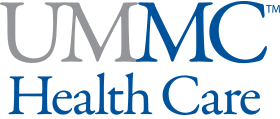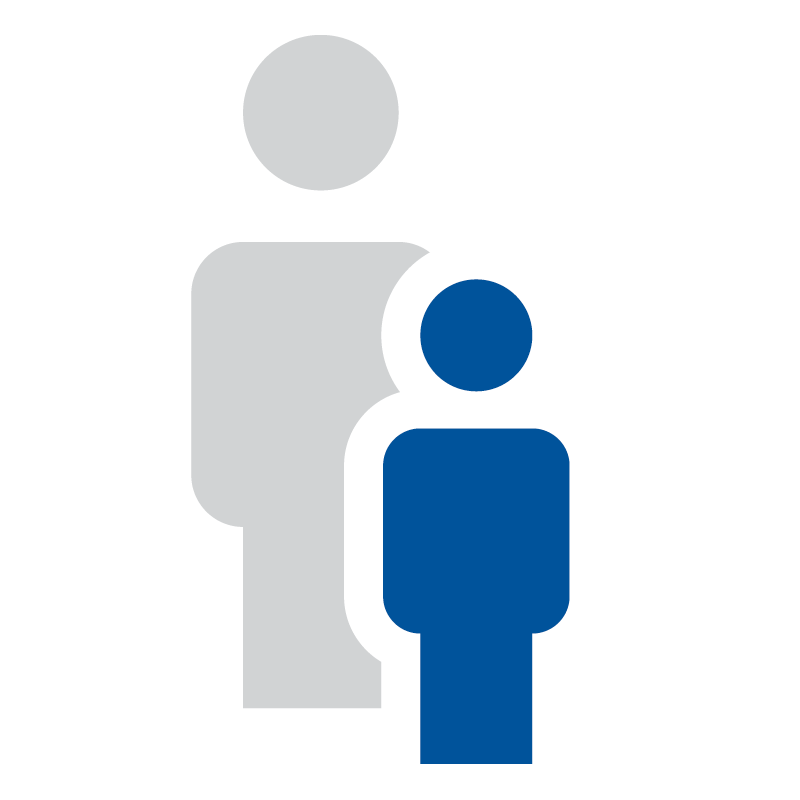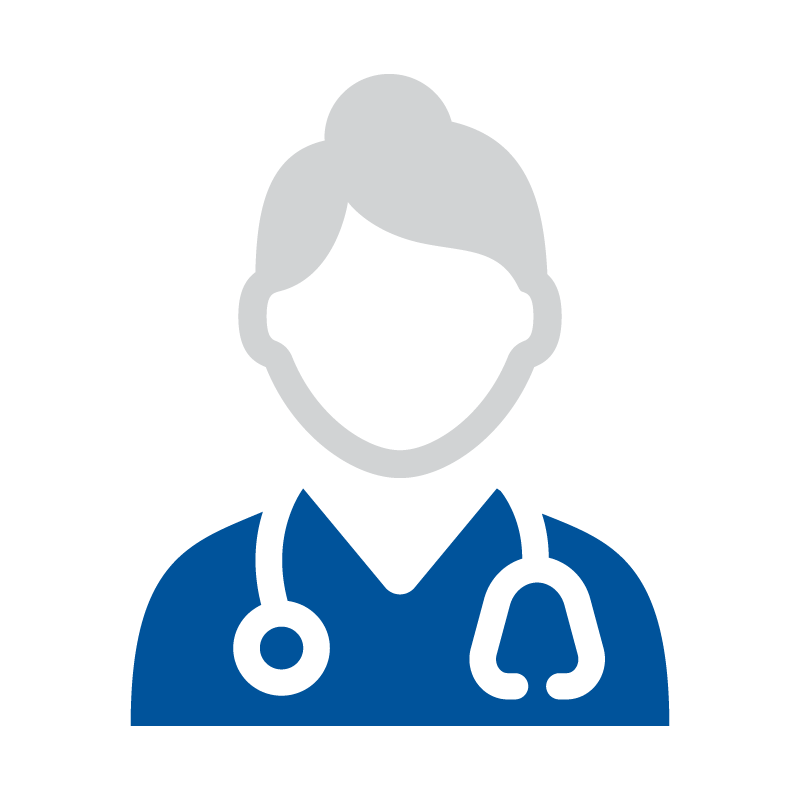Mississippi School-based Telehealth
helps children thrive
where they learn
As of June 2024, Mississippi School-Based Telehealth covers
73 Districts | 424 Schools | 191,718 Students
73 Districts | 424 Schools | 191,718 Students
How It Works
When a student
needs medical care
needs medical care

The school nurse starts a video
visit with a UMMC provider
visit with a UMMC provider

Who examines the child and
recommends treatment on the spot
recommends treatment on the spot
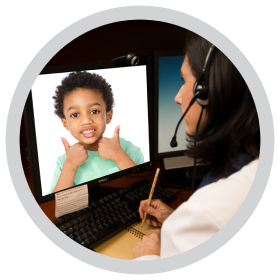
Parents must consent and can join the video visit.
Learn more about Mississippi School-based Telehealth.
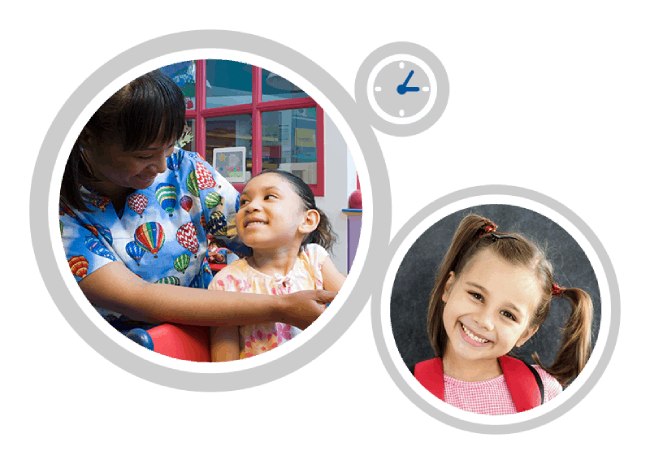
Prompt care for a
student’s physical and
mental health
student’s physical and
mental health
Giving children access to trusted medical care at their own school, during school hours, gives them a new level of support both in and out of class.
Minor Medical Care
In districts that offer the program, school nurses can consult with UMMC providers when a student needs treatment for a wide range of concerns, including
Asthma and allergies Skin irritations
Colds and flu Head lice
Sore throat Pink eye
Headaches Rashes
Fever And more
Colds and flu Head lice
Sore throat Pink eye
Headaches Rashes
Fever And more
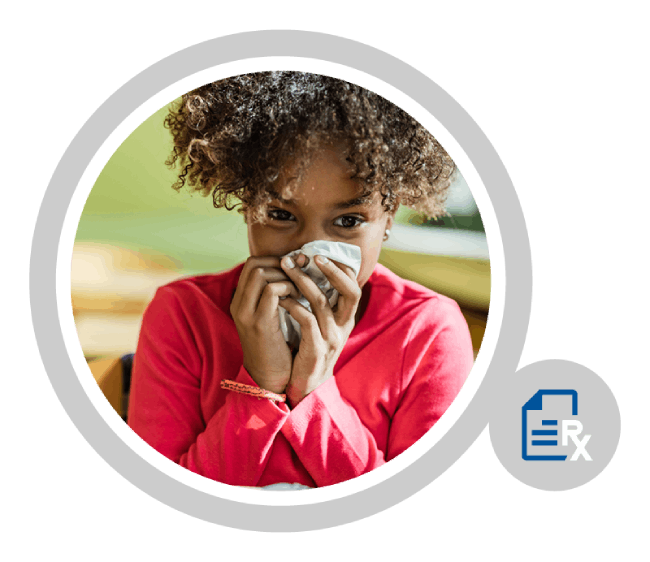

Behavioral health care
from experienced
specialists
from experienced
specialists
We help school counselors and nurses support children’s mental and emotional health needs, including anxiety, depression, behavioral difficulties, coping skills, expressing feelings, and more.
Training and Coaching
For Nurses
We train school nurses on how to spot common dental problems in students and help students develop healthy dental habits. See how we support school nurses.
For Students
We offer lifestyle coaching for students at risk of developing diabetes.

Mississippi School-based Telehealth Supports
Contact the Mississippi School-based Telehealth Program
For questions, or to ask about enrolling your school district in the program, please get in touch with us.
Contact UsThis presentation was made possible by the Health Resources and Services Administration (HRSA) of the US Department of Health and Human Services (HHS) as part of the National Telehealth Centers of Excellence Award U66RH31459. The contents are those of the author(s) and do not necessarily represent the official views of nor an endorsement by the HRSA, HHS or the US Government.

